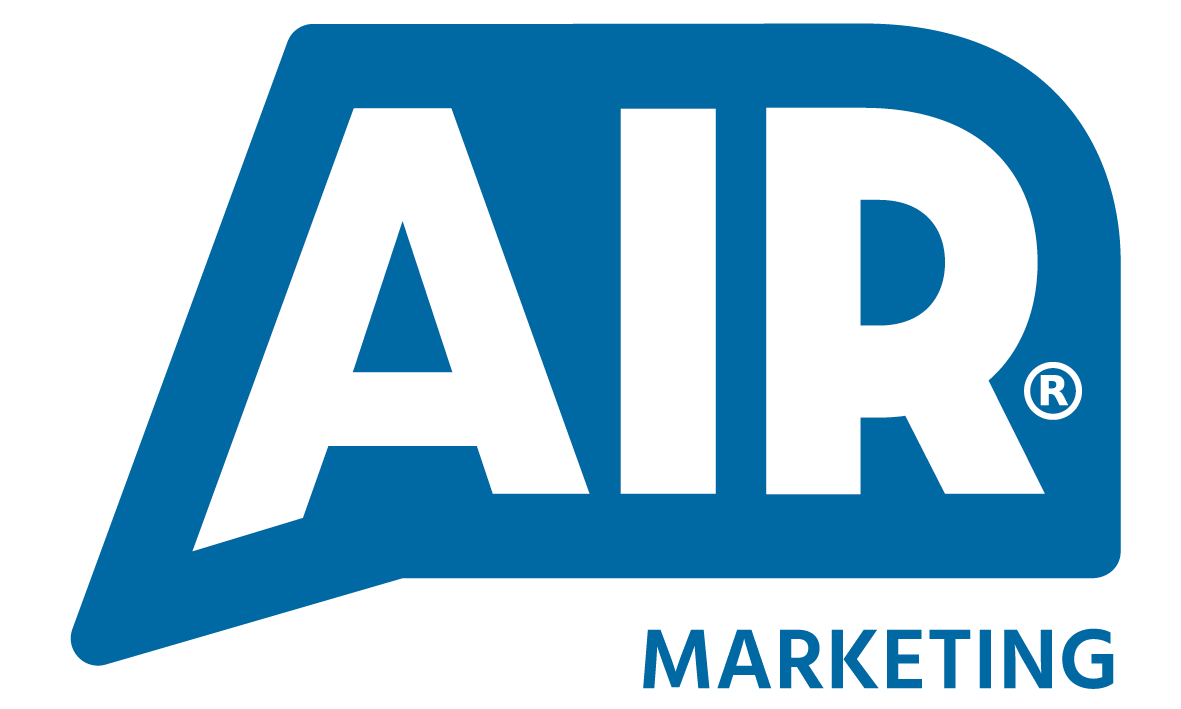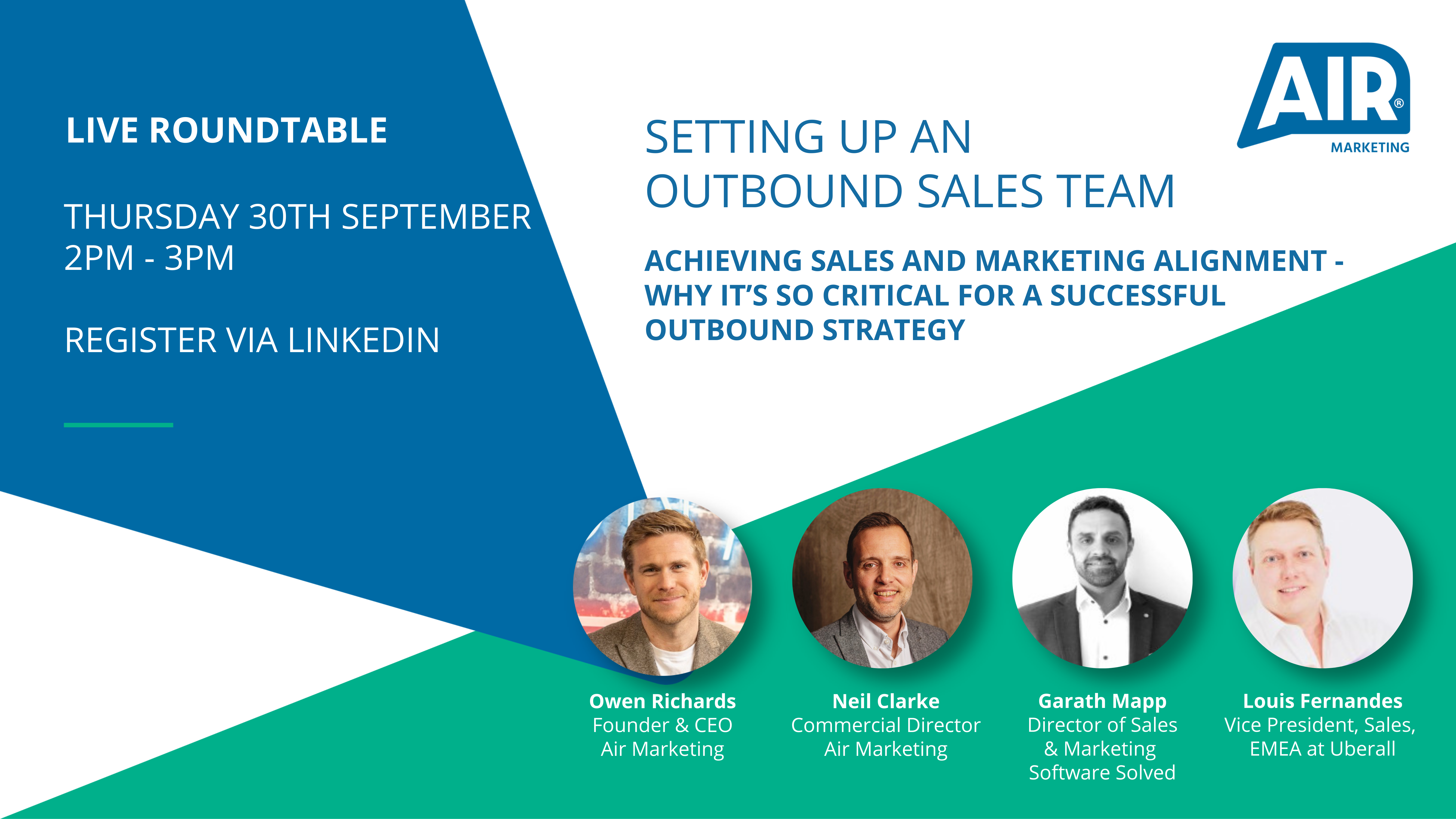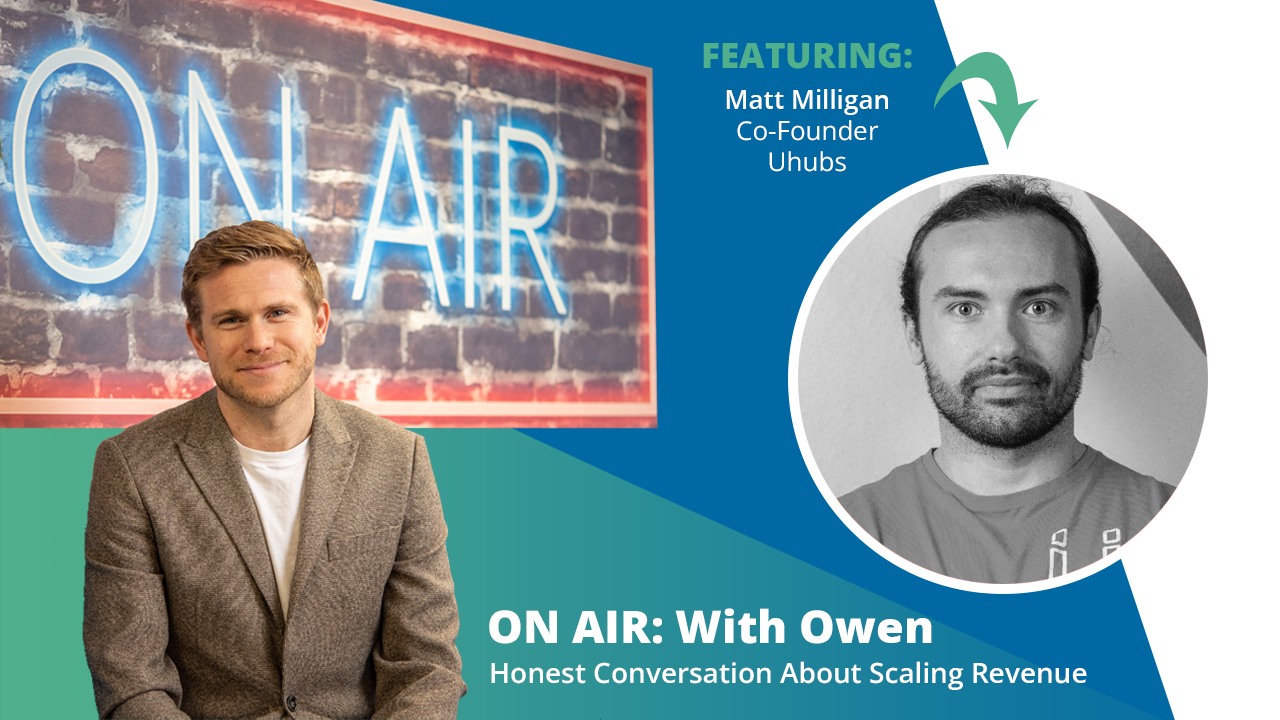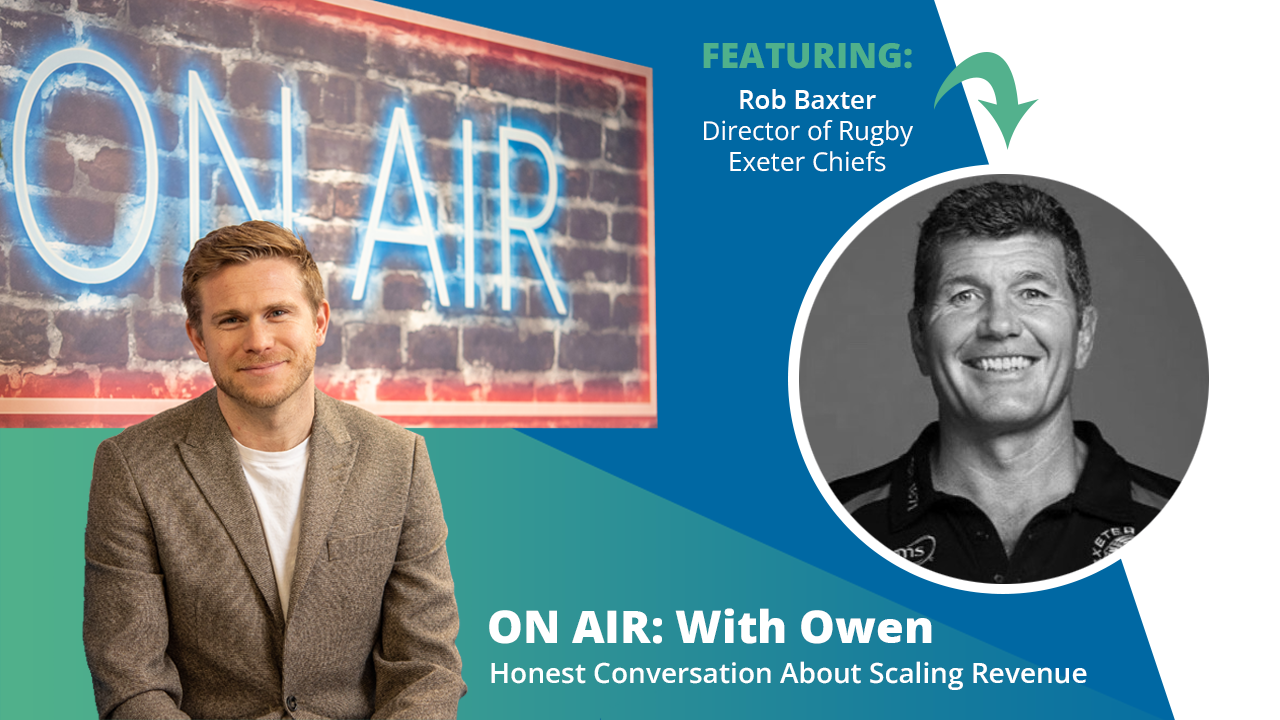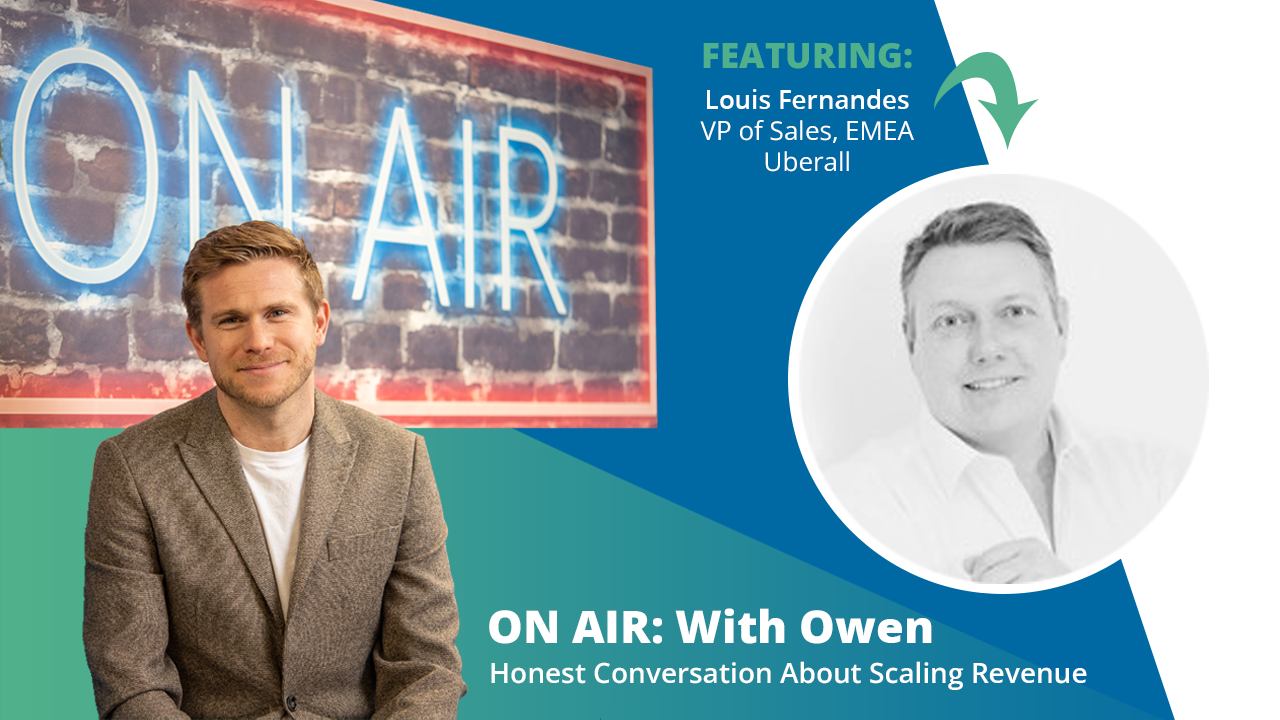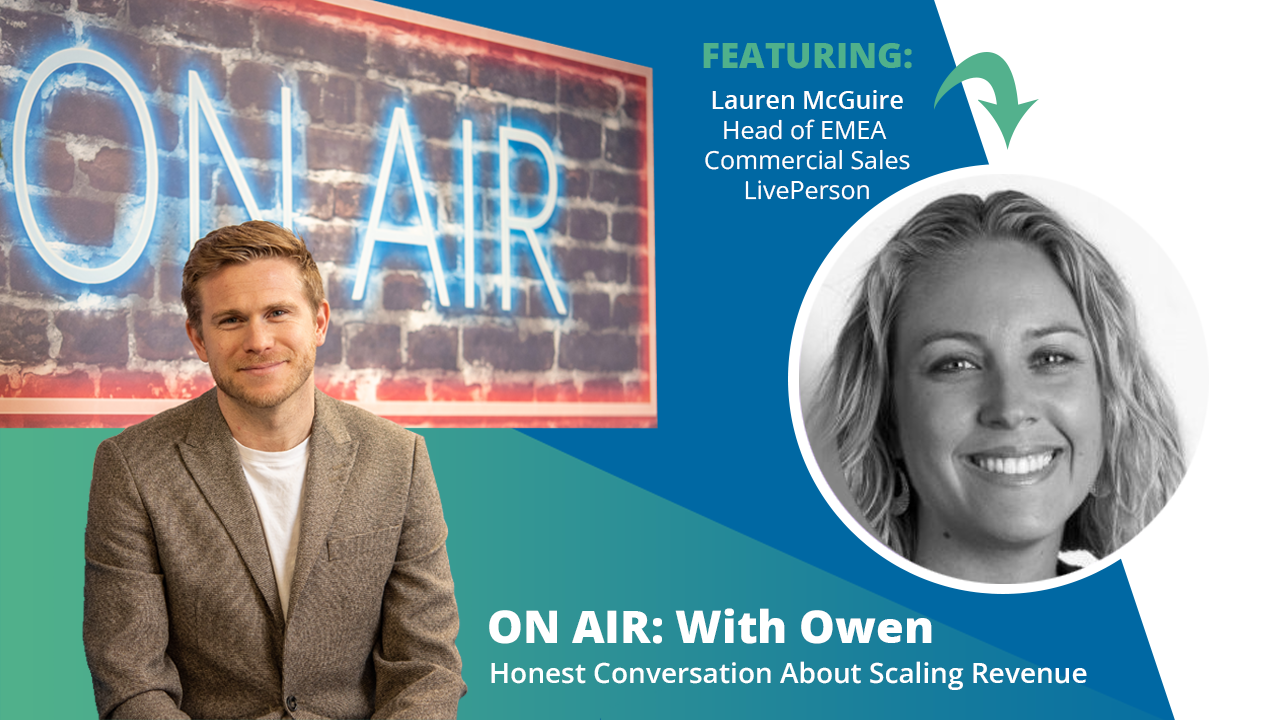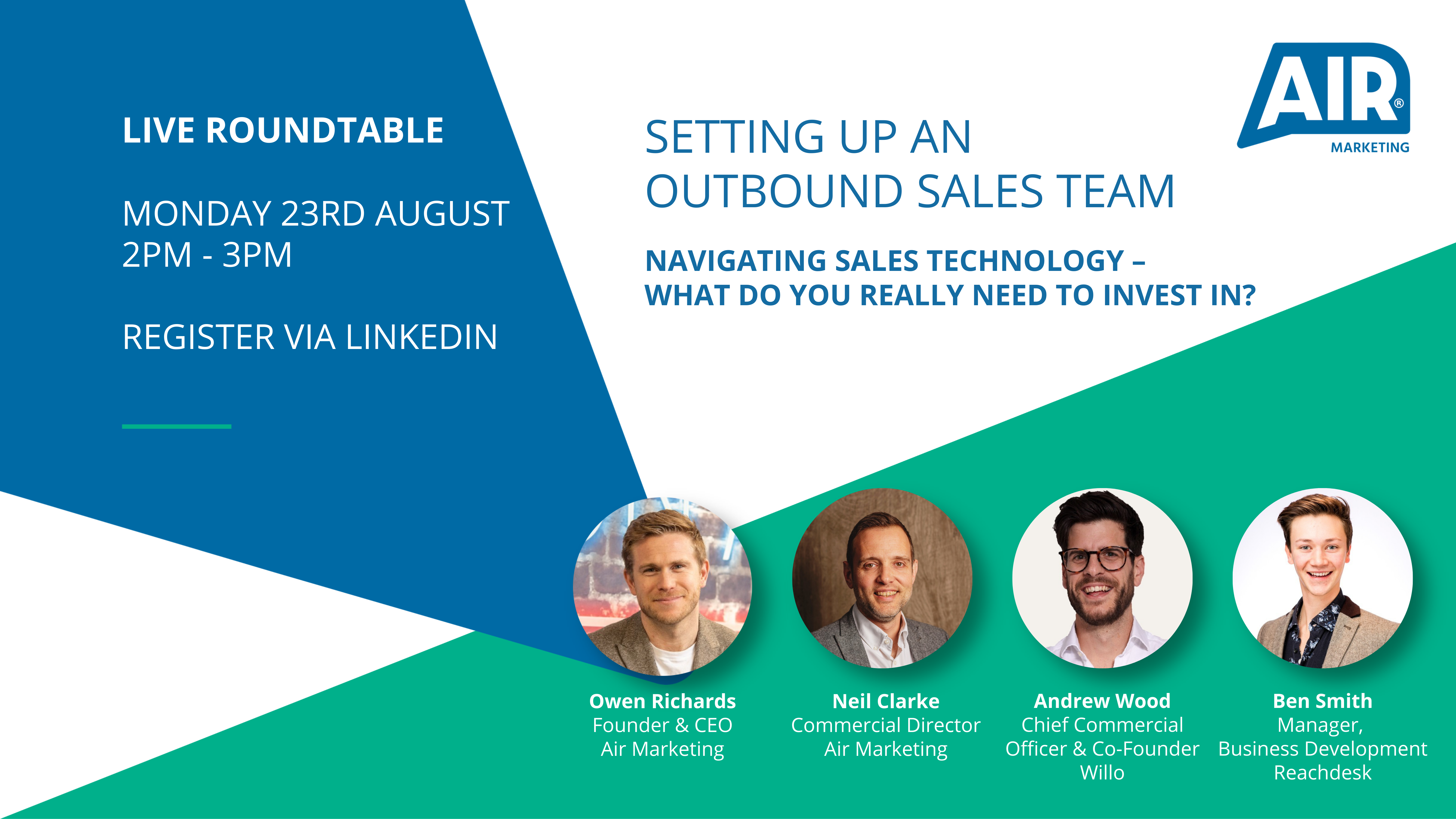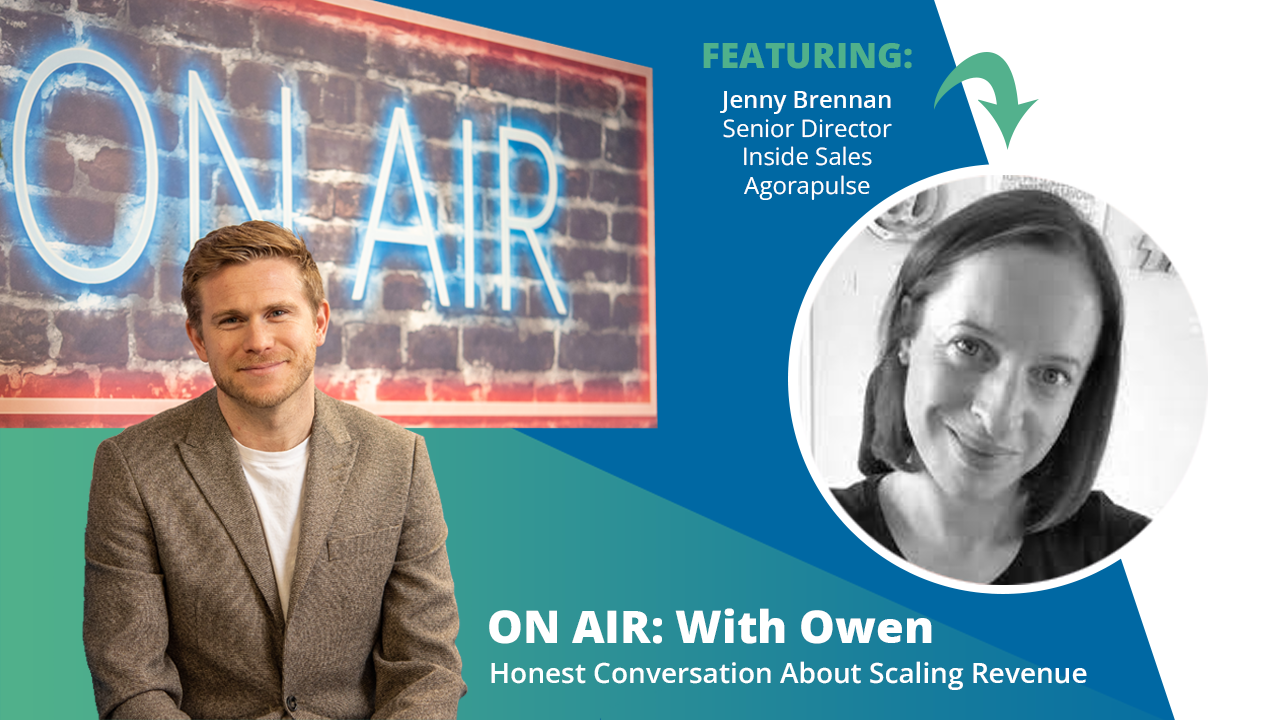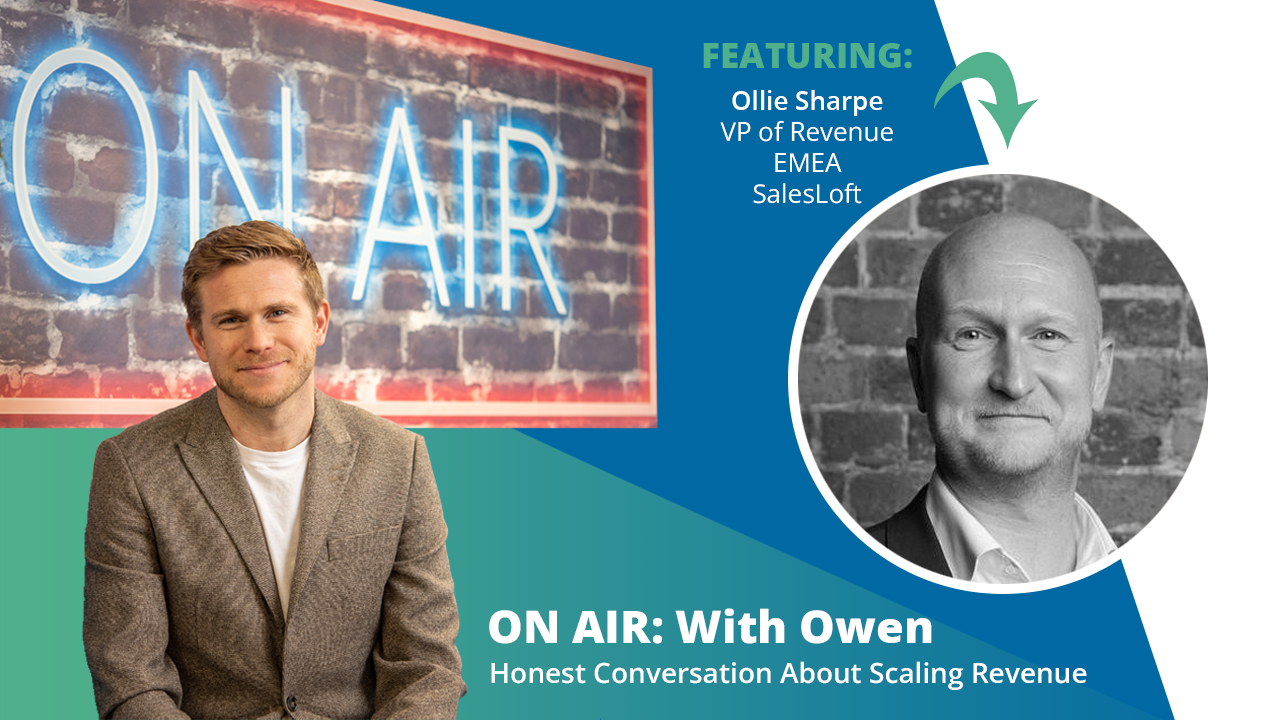Sales Technology has grown into a multi-billion-dollar industry in the past decade. With so many tools out there, it’s hard to work out the essentials from the nice-to-haves. The phrase ‘building your sales tech stack’ implies you should be using layer upon layer of technology to enable your sales processes. We can tell you right now; it’s utterly dependent on your goals and your setup. Even the most tech-savvy sales leaders find it impossible to stay at the leading edge of sales technology; it’s a vast marketplace, and the options can be overwhelming. Who has time to review and analyse thousands of tools?
In our view, sales technology is there to empower salespeople, enhance their skills and make their lives easier. If you can automate a sales process and reduce administrative burden, therefore freeing up time for the vital relationship building that’s key to successful prospecting, then go for it! If you’ve heard from your network that you must buy this new market insight tool, even if your gut feel is you have a pretty good handle on your market research already, it’ll be three months before anyone in your team has time to own it, trust your instincts and park it for the time being.
How do we make the most of the sales technology available? How does a business decide what they need to adopt and when? Here’s our steer on the options available.
Understanding the options
CRM: Your CRM is the foundation of your tech stack, whether you choose a market leader like Salesforce or MS Dynamics or something more bespoke and focused on your specific industry. It’s ideal if you use a platform that supports collaboration with third-party apps, so your technology works together and delivers better overall visibility. Even the smaller providers offer integration across apps, supporting a better sales ecosystem.
Ideal for: everyone!
Sales and marketing automation: With systems like Marketo and HubSpot, you can drive a more valuable inbound experience and target campaigns at the right audiences, nurturing customer and prospect relationships in the right way, maximising your interactions and ensuring a better experience for everyone who interacts with your brand.
Ideal for: businesses that need to optimise their inbound efforts and drive better customer experience.
Sales engagement platforms: Products like Outreach, SalesLoft and Mailshake fall under this umbrella. Their value lies in automating sales processes and consolidating conversation intelligence from your CRM and Marketing Automation systems – streamlining processes, bridging gaps and ultimately saving your salespeople time.
Mailshake and SalesLoft support time-saving integrated dialers. Outreach allows users to manage all prospecting activities from one interface. And VanillaSoft offers queue-based lead routing saving, so your salespeople call the warmest lead next.
Ideal for: businesses with multiple campaigns who want to boost collaboration, improve productivity and hit rate.
Communication tools: If your sales strategy is outbound calling, there are many tools to support your agents, save time and some platforms, like Dialpad, provide feedback and learning as they go. Tools such as Aircall automate post-call processes and build better insights for teams directly from your CRM – reducing time spent on admin.
Ideal for: teams that make a high volume of calls, need to improve conversion rates, improve contact rates or want real-time feedback to support training.
Email management and integration: Suppose your sales teams preferred method of contact is email. In that case, there are thousands of tools available, from those that deliver and integrate insights from your CRM to your sales teams’ inboxes to those that measure email success rates and response times and even those that import email addresses from LinkedIn activity (like Contactout and Lusha). The aim is to bring intelligence and measurement to the familiar workflow of email.
Ideal for: sales teams that rely on email for outreach and need to optimise email engagement and data accuracy.
Lead generation and prospecting: There is a new wave of tools that help you identify and reach your ideal buyers. Powered by AI and machine learning, platforms such as Cognism and Growbots promise to automate the tedious and time-consuming parts of prospecting, leaving your teams to focus on closing warm leads that are more likely to buy.
Ideal for: sales teams stretched thin between premium accounts, managing existing relationships and pipeline building activities.
Sales insight and market intelligence: In a competitive marketplace bombarding decision-makers with broad sales messages won’t achieve cut-through. These tools arm salespeople with actionable insights that support intelligent sales conversations and provide accurate prospect info for your sales teams. Some tools can prioritise prospects who are ready to buy; others like UpLead act like enriched, searchable databases.
Ideal for: organisations looking to break new markets or struggling to get traction in their target market.
Never underestimate the human element of sales
Relationship building and making genuine connections is the key to successful outbound sales. No technology can replace the skills and experience of a talented and resilient sales expert. Still, it can bring you closer to your customers and help create an authentic experience that supports the excellent service you already deliver at every point in the sales cycle. Your sales tech stack has to reflect that and add value to your current setup. You can buy a billion tools, but with no process development or proper integration, there’s a fair chance you’ll create more work and unwanted distractions for your team. Equally, without an overarching sales strategy or direction, the tools won’t be worth the investment. They’ll undoubtedly connect you to more prospects, but it’s up to you to nail the qualification criteria and create value from those new audiences.
Weighing up the cost
Consider a new sales hire’s salary costs and the additional cost when you load them with sales technology that runs into thousands a month. Are they delivering higher productivity in line with the extra costs? This is all down to personal experience; some sales leaders believe the investment is worthwhile, provided you train the new hires on the technology, and the profitability will come. Others think it’s an overcomplication, and you need to give salespeople greater autonomy in this area, letting them adopt the tools they prefer, such as LinkedIn Sales Navigator.
In conclusion, sales technology can be incredible and often well worth the investment, but they’re not a cure-all for sales challenges. Any new tools you adopt must become a seamless part of your workflow, save time or deliver inherent value for your team. Trust your instincts. You know if a tool is likely to be welcomed and deemed valuable based on your culture.
If you need advice navigating the sales technology landscape, we can help; get in touch today.
